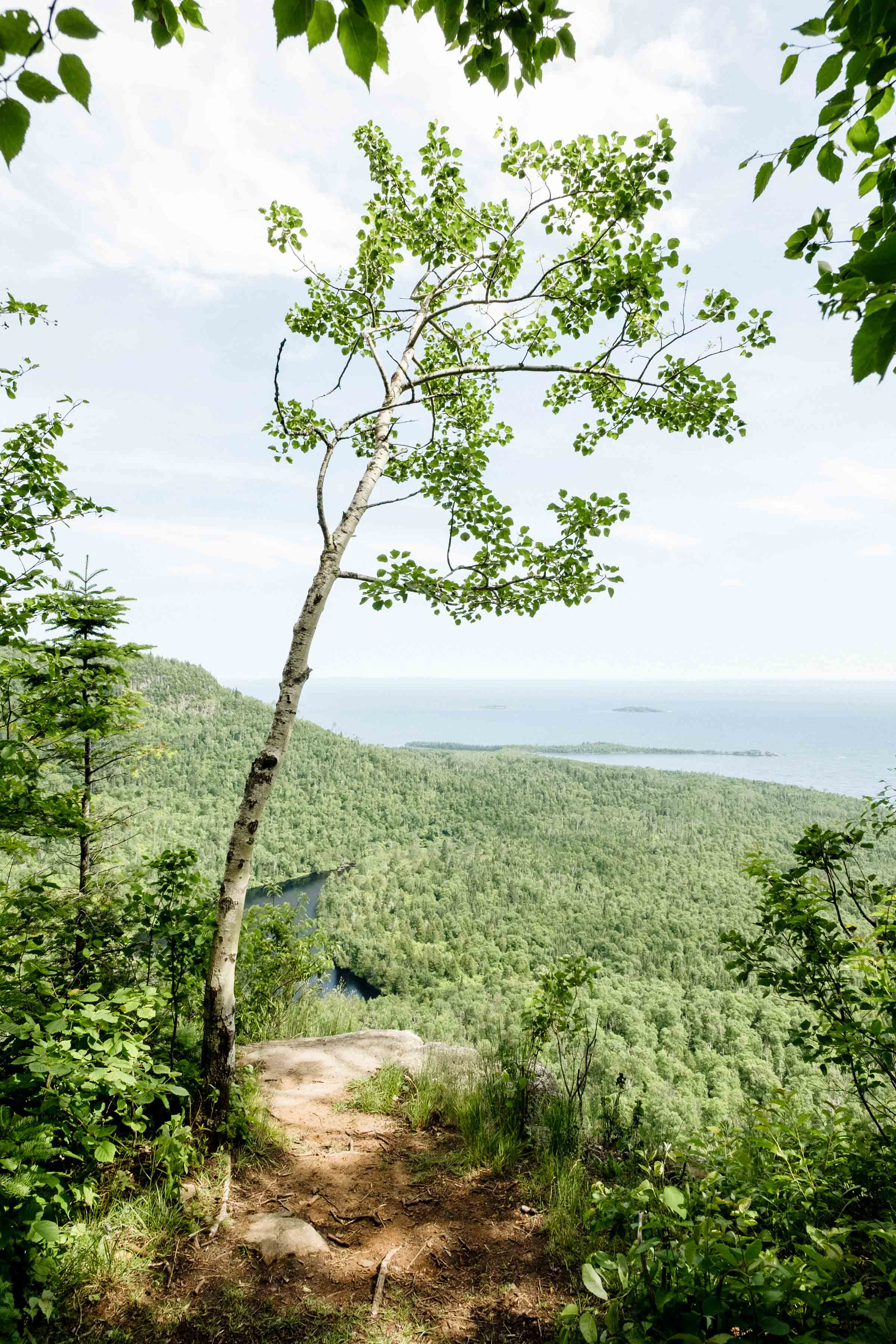Central Newfoundland
Exploring charming outport towns and rocky coastlines
Newfoundland and Labrador have always conjured a strong and strangely familiar fascination. Iconic imagery of fishing towns clinging to the rocky coast, dark raging seas, and dramatic landscapes steeped in weather have long been a a quintessential part of the Canadian imagination. To my mind it was sort of reminiscent of my hometown West Coast BC, but with richer old world traditions, tighter-knit communities, and a more evocative and beautifully barren landscape. Canada is a large country, and Newfoundland is about as far from Vancouver as you can get, but once on the plane it was only a movie and a podcast away.
Destination Canada and Newfoundland & Labrador Tourism invited six photographers from around the world to come and explore different areas of the province, and I was partnered up with the hilarious and talented Rich Stapleton, co-founder of Cereal Magazine, to explore central Newfoundland. Over the next ten days we made our way up from St. John’s to the vast Terra Nova National Park, the historic outport towns Greenspond and Newtown, then further up the coast to Twillingate, Change Islands, and famed Fogo Island.
Taking the slower scenic roads gave us a glimpse into the rich history and charming culture of centuries-old fishing villages and the wonderfully kind people that still inhabit them. Jagged cliffs and smooth rocky bluffs greeting what seemed like an endlessly rough sea.


St. John's
We started our journey in St. John's, the largest city and capitol of Newfoundland, as well as one of the oldest cities in North America. Our stay was brief because a different group would be showcasing the area, but I really wanted to go up Signal Hill and be one of the first people on the continent to see the sun rise (local legend says that on particularly clear days you can see all the way to England). I set my alarm to 5am and woke up to a dense and rolling fog — a blanket so thick that when I saw photos of Signal Hill later I didn’t even recognize it as the same place. I’d only experienced fog like that a couple of times and it was surreal to be alone in a new place in the quiet of a grey-muted morning surrounded by the sounds of the sea crashing on the rocks below, the swirling clouds bringing the landscape into view and then just as quickly obscuring it.
I would have loved to see and explore more of St. John’s but there were other towns and vistas to visit, so off we went!


The landscape changed quite quickly as we left St. John’s; the trees got smaller and more sparse, giving way to bogs, marshes, and ponds. The ponds (much larger than your typical west coast ponds — we would call them lakes) increasingly dotted the landscape every few minutes as we hummed on down the highway, my excitement building as the landscape looked increasingly new and different, feeling that our trip was truly underway.
The first town we stopped in was called Happy Adventure. Happy Adventure! As if Newfoundland couldn’t be any more endearing it has some of the best place names — Come by Chance, Little Brown Fox Island, Heart's Content, Pissing Mare Falls, Leading Tickles, Blow Me Down... I could go on and on but maybe it's best I let you grab a map and discover a few on your own.

Terra Nova National Park
Terra Nova National Park is a giant swath of land along the central coast. Newfoundland’s first national park, it was founded in 1957 and is a whopping 400 square kilometres of rolling forest, rocky hills, and seemingly unending beautiful vistas. We had an amazing guide named Andrea from Parks Canada who met us bright and early at 7am and took us out on some of her favourite trails, the most notable being to the Ochre Hill lookout which provided expansive panoramic views of the park and coast. What a beautiful place.
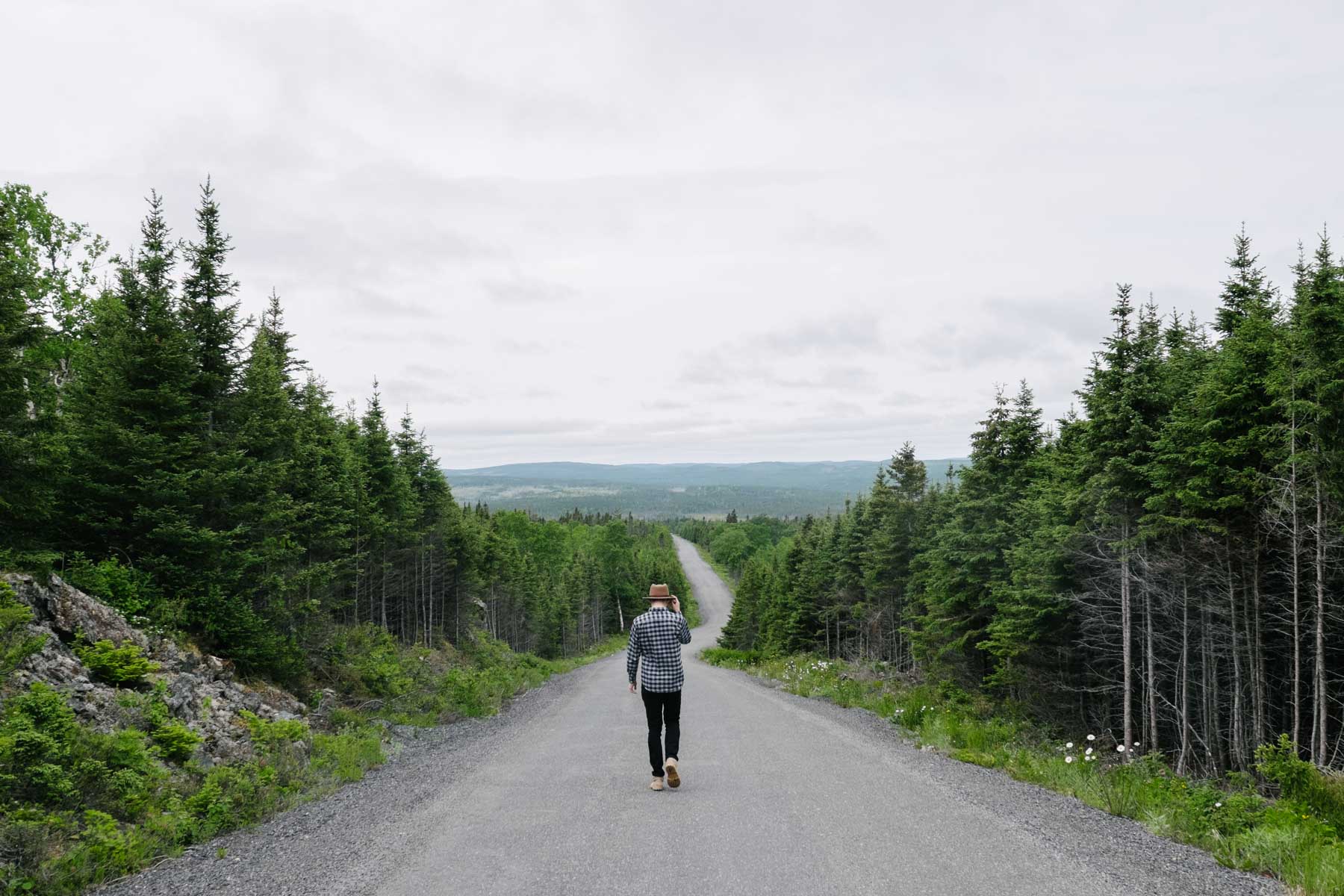

Greenspond and Newtown
After visiting Terra Nova we branched off the main highway and took a scenic coastal route to Greenspond. Comprised of a collection of islands, Greenspond was one of my favourite places of the whole trip. A traditional outport town settled in the 1690s, its culture runs deep and can be seen in the old fishing stages and boats that still line its shores. Many of the stages are painted an iconic shade of red that was traditionally made from a mixture of ochre and seal oil. It was durable enough to hold up to the wild seas and fierce winds that can be experienced on the coast.

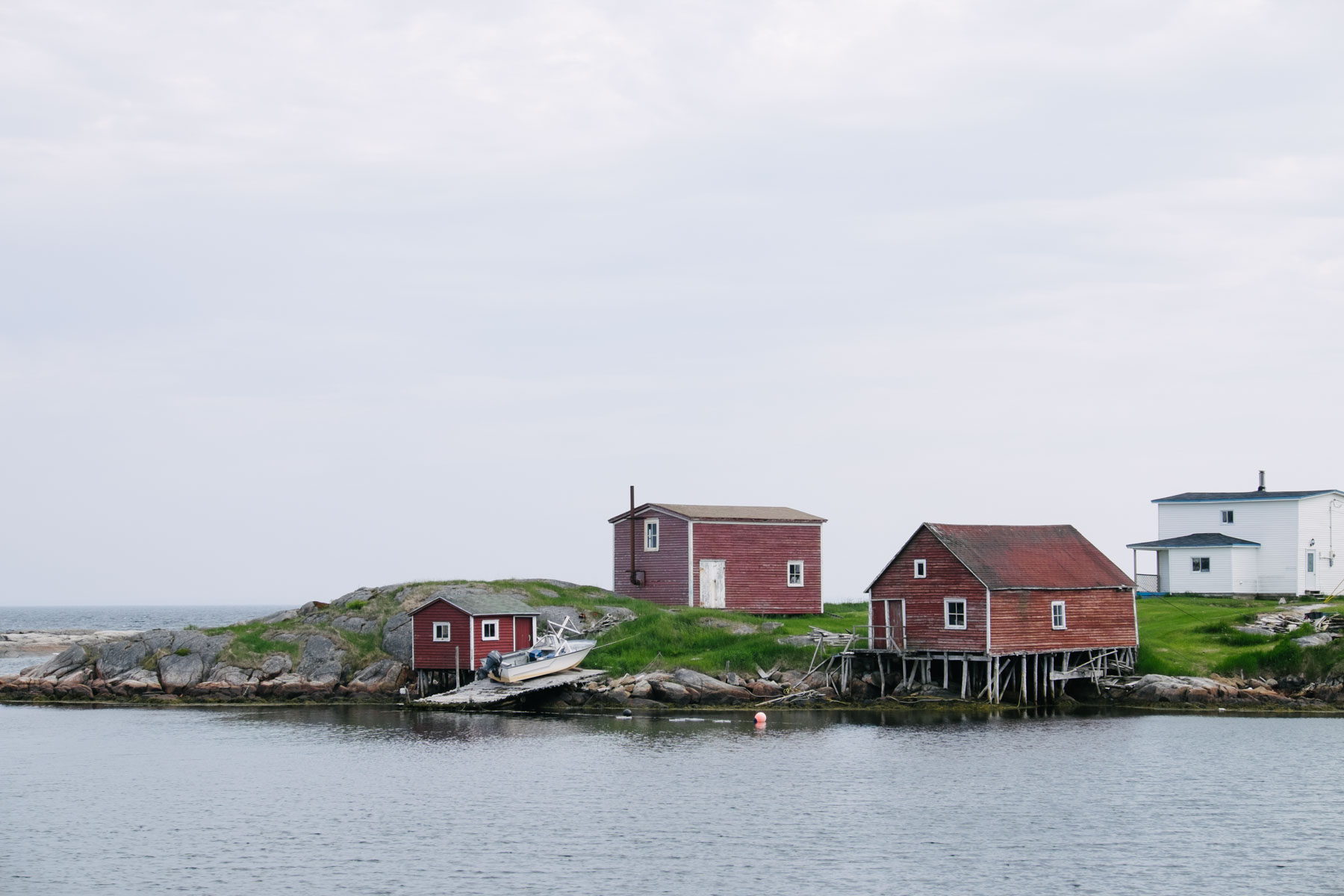

Next we headed to Newtown, another collection of small islands. The community trust maintains much of the town's history in the Barbour Living Heritage Village, which is made up of a handful of historic homes and buildings that you can visit on a guided tour to learn about life in a small coastal town at the turn of the 19th century.





Twillingate Islands
The 320 road eventually becomes the 330 which we followed along the coastline, stopping in Musgrave Harbour for the night and then on to Twillingate Island. Due to their close proximity, many islands are connected by bridges and elevated roadways, making travel easy. While the big draw of Twillingate is to see icebergs and whales, I was most drawn to the jagged cliffs at Long Point Lighthouse and the surrounding area. Serrated and sawtoothed and dropping clear to the sea, these are the kind of cliffs that are so impressive as to give you pause, make you wonder how they were formed, that look sinister in moody weather.
It wasn’t until visiting the lighthouse and standing on those cliffs looking at all of the small gnarled windworn trees, the wind whipping my hair and burning my cheeks and nose a deep shade of crimson, that I realized just how harrowing it must have been to eke out a living from those waters, and how resilient and determined one would have to be.





Change Islands
After Twillingate we went back to the mainland to catch a ferry to Change Islands, where we ventured out to meet resident Pete Porter and get a tour of his Olde Shoppe Museum. Filled with typical everyday household Newfoundland objects from many years past, his collections and knowledge are as eclectic as they are vast. Antique cigarette tins, old tools, vases, books, cups, farming and fishing equipment, he can name off any treasure and its vintage before you even have time to blink.
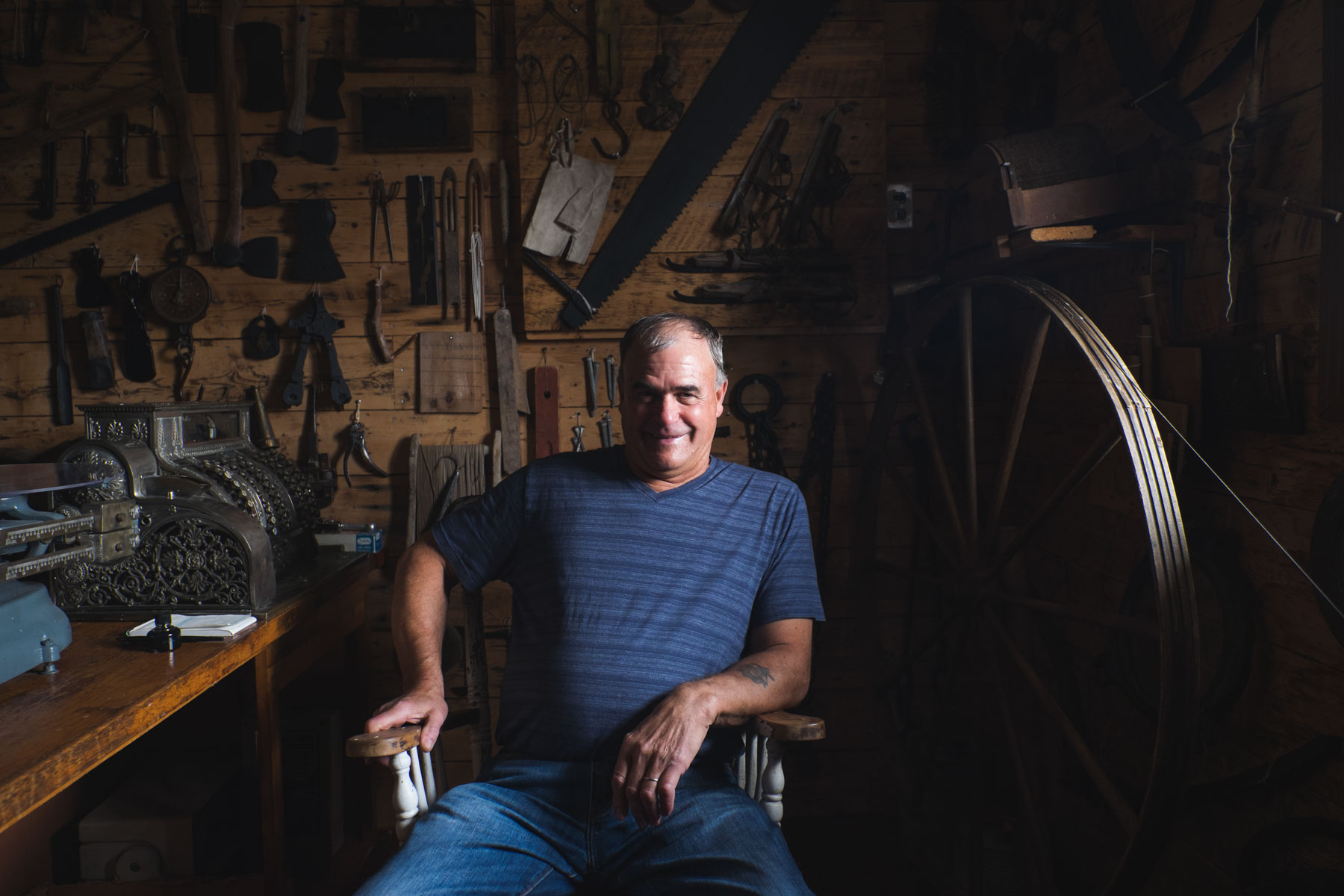



Fogo Island
After the Change Islands we hurried over to Fogo Island, which could easily be a blog post in itself. Fogo is the largest of the offshore islands, and was one of the first features to be named. Originally called Y del Fogo, or Isle of Fire, it is a picturesque, rocky, marshy, wooded island with its own species of caribou and a climate that borders on subarctic. To this day, heavy traces of Elizabethan English and Irish heritage persist, and it's said each town has its own unique dialect.
Fogo is also well known for being home to the iconic Fogo Island Inn, where we were lucky enough to spend two nights (barely enough time to grasp what an amazing place it is). The inn and the 4 accompanying artist studios scattered around the island are all of a striking minimalist design, built to both enhance and be in tune with the surrounding landscape. And they look truly extraordinary. Crafted with the utmost attention to detail and sustainability that can be seen in even the smallest things, the inn also tries to keep things as local as possible – they make everything they can in-house, including the furniture, quilts, wallpaper, and most of the food. Whatever they can't source from the island they try to get from the mainland or from Canada, or from the island's historic trading partners Italy, France, Spain, and Portugal.
The inn and studios are run by the Shorefast Foundation as a social enterprise to benefit and give back to the surrounding community. The artist residency program was created to maintain and promote cultural traditions which have always been an integral part of island life. Artists can apply from around the world to have the chance to live and work on the island utilizing the unique studios as a place create and work with the community. The care, attention, and purposefulness of design at the inn and of its programs is evident everywhere and supremely inspiring.
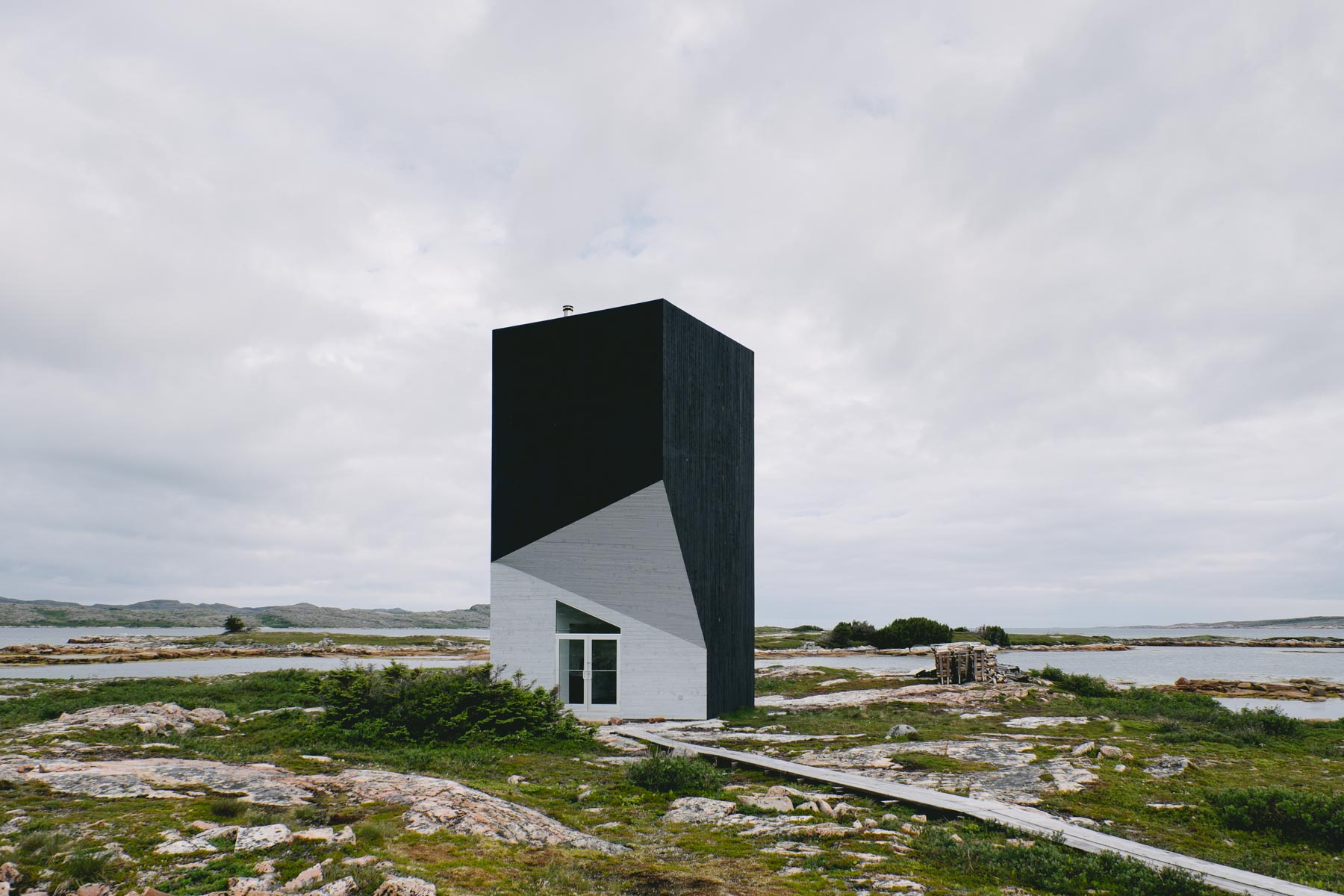









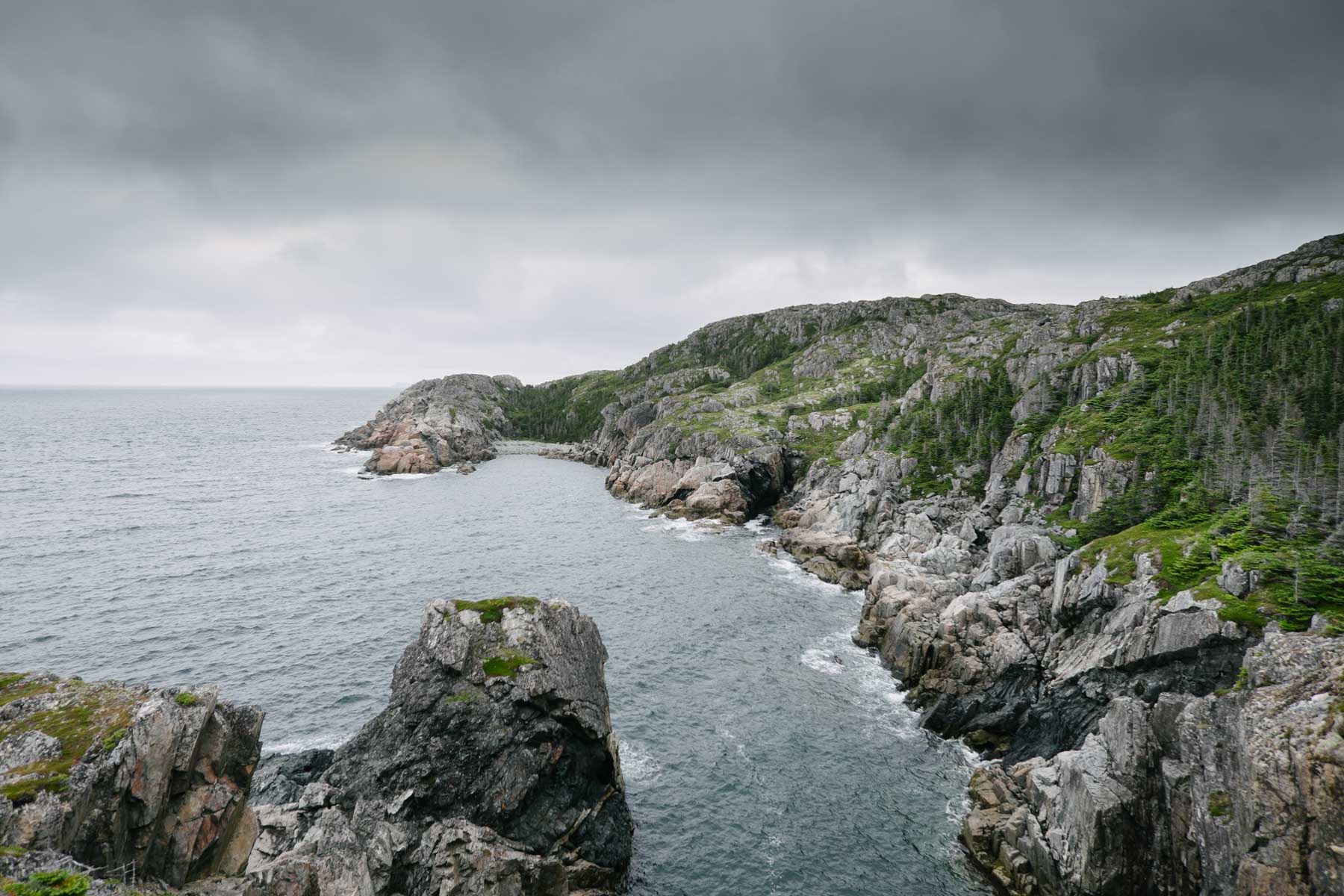
It was hard leaving Fogo Island, knowing that my trip was coming to an end and I would soon be leaving Newfoundland. Even though there were a lot of early mornings and long days, I'd had so much fun exploring the central region. It is a monumental and deeply memorable place. There is so much to see and experience in that vast and beautiful province... I can hardly wait to go back.
Big thanks to Explore Canada and Newfoundland Labrador Tourism for making this trip possible





